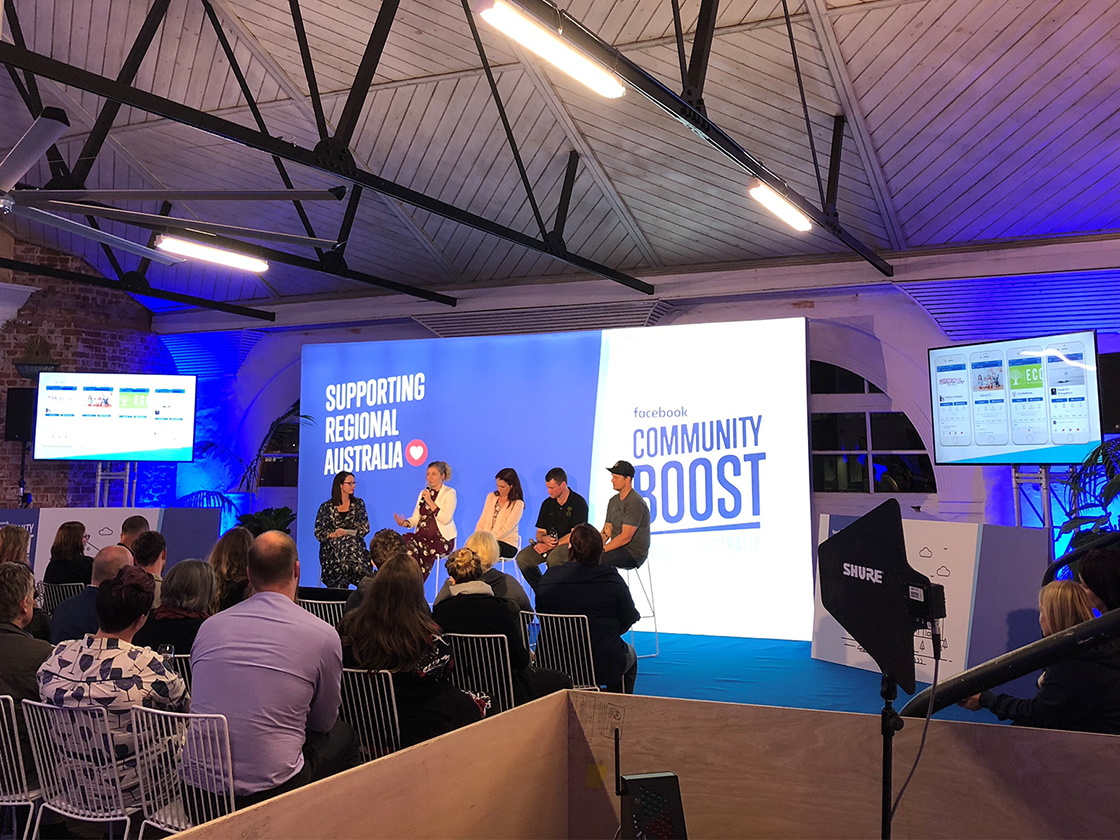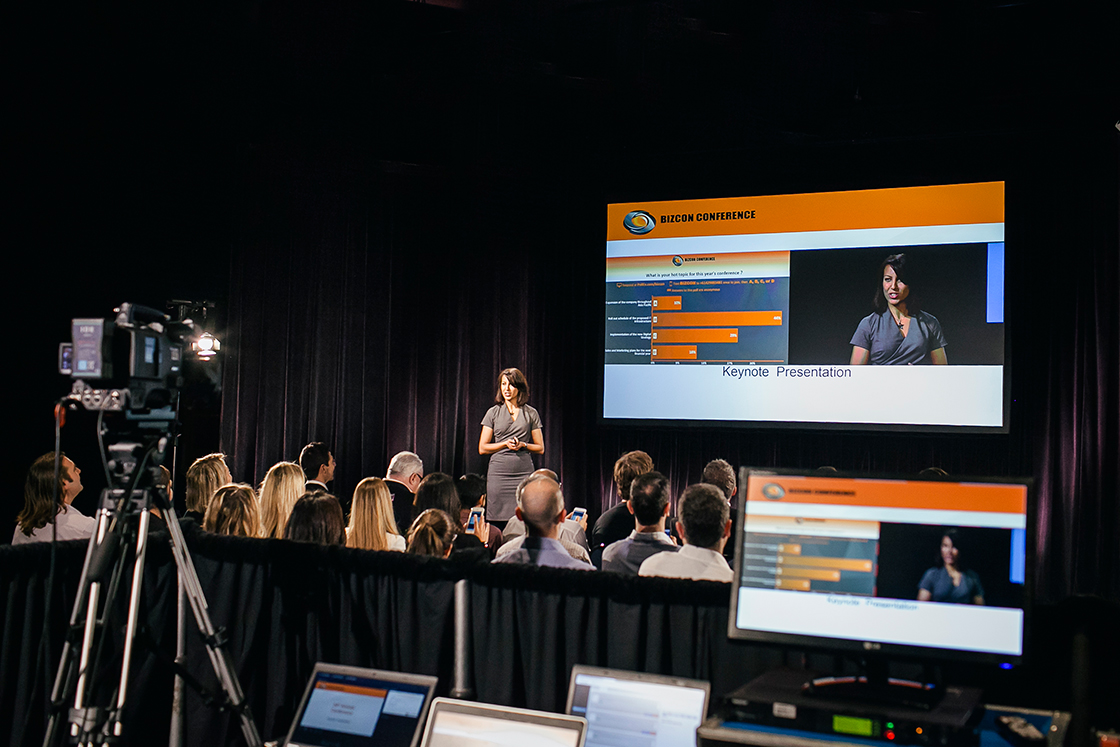Why Roadshows Work
Roadshows combine face-to-face engagement with targeted reach, making them a powerful marketing tool. They help you:
- Build stronger client relationships
- Generate leads in multiple markets
- Deliver consistent brand messaging across regions
Step 1: Define Your Objectives
Before booking venues or designing stages, clarify your goals:
- What do you want to achieve? (Lead generation, product education, brand awareness)
- Who is your target audience?
- How will you measure success? (Registrations, sales conversions, social engagement)
Timeline: Start defining objectives 12–16 weeks before the first event.
Budget Tip: Allocate 5–10% of your total budget for strategy and planning, including research and analytics tools.
Step 2: Plan Your Route and Venues
Choose locations that align with your audience and business goals. Consider:
- Accessibility for attendees
- Venue size and layout for your format
- Local regulations and logistics
Create a realistic schedule that allows for travel, setup, and contingency time between stops.
Timeline: Secure venues 10–12 weeks before launch.
Budget Tip: Venue hire typically accounts for 20–30% of your budget. Negotiate multi-city packages for cost savings.
Step 3: Create a Consistent Brand Experience
Your roadshow should feel like one seamless experience, no matter the city. Ensure:
- Consistent branding across signage, stage design, and digital assets
- Branded presentation templates and collateral
- Uniform staff attire and messaging
Timeline: Finalise branding elements 8 weeks before launch.
Budget Tip: Allocate 10–15% of your budget for design and branding materials.
Step 4: Nail the Logistics
Roadshows involve moving people, equipment, and technology across multiple locations. Key considerations include:
- AV and staging requirements for each venue
- Transport and storage for equipment
- Backup plans for technical issues
Timeline: Confirm logistics and suppliers 6–8 weeks before launch.
Budget Tip: Logistics and AV can consume 30–40% of your budget. Factor in transport, crew, and contingency costs.
Step 5: Engage Your Audience
Make every stop interactive and memorable:
- Live demos or product showcases
- Q&A sessions with experts
- Social media integration with event hashtags
Timeline: Plan engagement activities 4–6 weeks before launch.
Budget Tip: Allocate 5–10% of your budget for engagement tools such as apps, gamification, or giveaways.
Step 6: Promote Before, During and After
- Before: Use email campaigns, social media, and local partnerships to drive attendance
- During: Share live updates, photos, and videos to boost engagement
- After: Send thank-you emails, share event highlights, and nurture leads
Timeline: Start promotion 6 weeks before launch and continue until 2 weeks after the final event.
Budget Tip: Marketing and promotion should account for 10–15% of your budget.
Step 7: Measure and Optimise
Track metrics such as:
- Attendance numbers
- Leads generated
- Social engagement
- ROI per location
Use these insights to refine future roadshows.
Timeline: Begin data collection during the event and complete reporting within 2 weeks after the final stop.
Budget Tip: Invest in analytics tools or CRM integration to measure ROI effectively.

